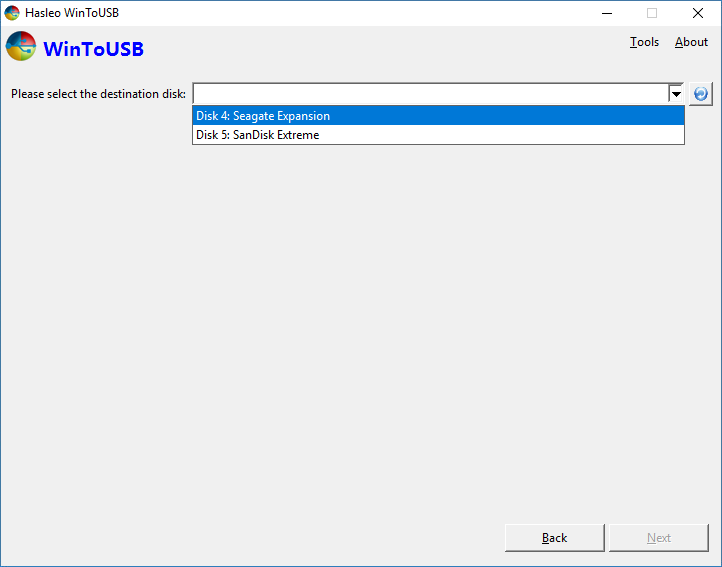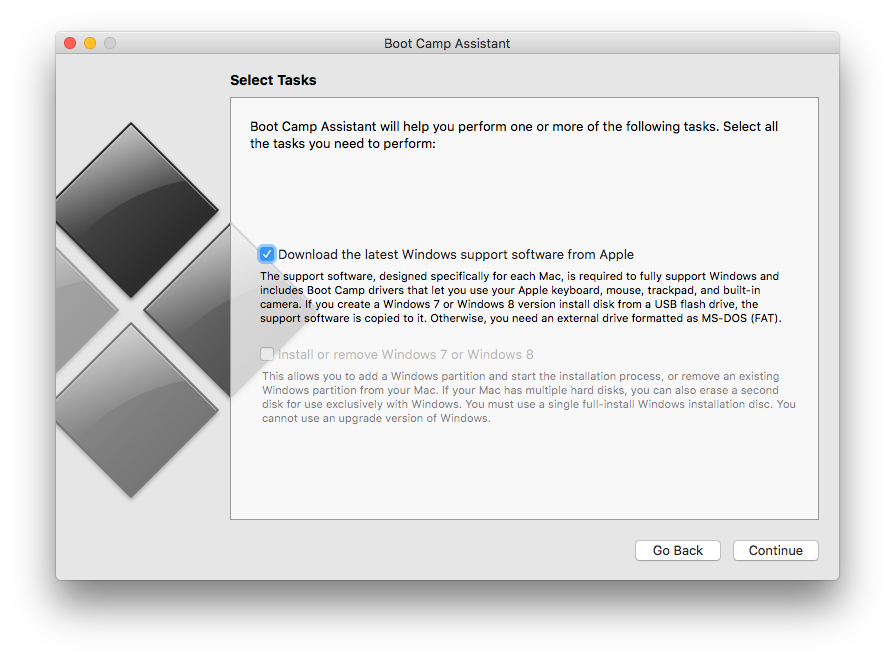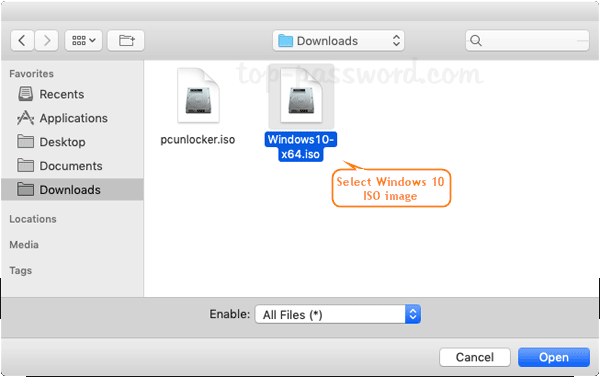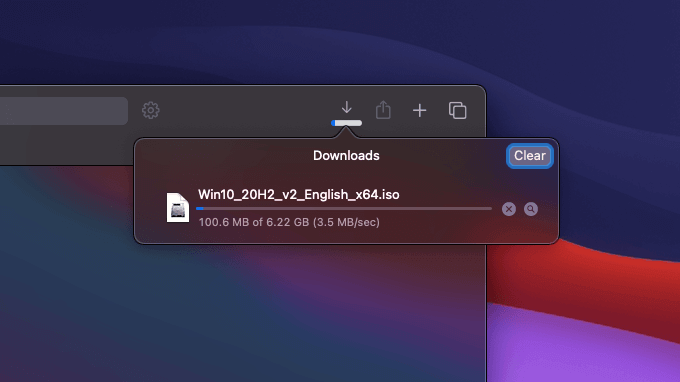

- #MAKE BOOTABLE WINDOWS 10 FLASH DRIVE ON MAC FOR OTHER COMPUTER MAC OS X#
- #MAKE BOOTABLE WINDOWS 10 FLASH DRIVE ON MAC FOR OTHER COMPUTER INSTALL#
- #MAKE BOOTABLE WINDOWS 10 FLASH DRIVE ON MAC FOR OTHER COMPUTER UPDATE#
- #MAKE BOOTABLE WINDOWS 10 FLASH DRIVE ON MAC FOR OTHER COMPUTER ISO#
Generally speaking, the task is OK completed in 15 minutes.
#MAKE BOOTABLE WINDOWS 10 FLASH DRIVE ON MAC FOR OTHER COMPUTER ISO#
iso file in UNetbottin and burn it to the USB flash drive. If you have installed Windows iSO files on your Mac, try UNetbottin, plug in the USB on Mac, and launch the Disk Utility option. But if you are a computer novice or are not know much about CMD, please find another way.

If you are good at CMD, it is possible to use CMD to create Windows 10 bootable USB on a Mac in a virtual machine.
#MAKE BOOTABLE WINDOWS 10 FLASH DRIVE ON MAC FOR OTHER COMPUTER MAC OS X#
Of course the bootable drive that this method creates is no substitute for a fully customized Mac OS X Lion-based computer, but considering how fast and easy the drive is to set up–and how much time it could save you the next time you need to reinstall or troubleshoot your Mac OS X–there’s no good reason not to make your own bootable copy of Lion to carry in your pocket.How about the boot camp Assistant? Although it does not work sometimes, as a multi-boot creation utility, it can create a Windows 10 bootable USB on your Mac. Regrettably, these files won’t be accessible when you boot directly from the USB flash drive but once the installation is finished, they can help you save considerable time while setting up a new computer. If you have any space left over on your flash drive, you can add a few of your favorite applications and files, to customize a new installation.

Once that’s done, you’ll have a bootable USB flash drive that fits in your pocket and can handle system recovery, OS installation, and even basic Web browsing in a pinch. All you have to do is wait for your Mac to cease displaying its “Copy in progress, please wait…” message, which will indicate that DiscMaker has finished installing Lion onto your flash drive. The copy procedure will take a few minutes and will open a few windows in your finder automatically, but Lion Discmaker should automate the whole process. Select Okay and then, to confirm that you’re aware the volume will be erased, click the Erase then create the disk button. If you’re using a thumb drive that has only 4GB of free space, Lion DiscMaker will remind you that you won’t get a complete of OS X Lion package because there won’t be room for the “additional speech voices” package. Select your flash drive and you should be ready to rock.
#MAKE BOOTABLE WINDOWS 10 FLASH DRIVE ON MAC FOR OTHER COMPUTER INSTALL#
Select the USB thumb drive option again and when prompted, choose the disk that you’d like to install Lion to. Once you’ve indicated that you want use a bootable drive, the app will ask whether you’d like to use a USB thumb drive or some other kind of disk. Lion DiscMaker makes it easy to create a bootable thumb drive. From there, you should see OS X Lion as one of your previous purchases. Go into the App Store application and open the Purchases tab at the top of the screen. This is a simple but slightly time-consuming process.

#MAKE BOOTABLE WINDOWS 10 FLASH DRIVE ON MAC FOR OTHER COMPUTER UPDATE#
Unfortunately, the file you download from the Mac App Store to your computer deletes itself after you update to Lion, so you’ll probably need to re-download the OS update. The first step in getting Lion onto your USB drive is to obtain a copy of the OS itself. All you need is a few minutes, a copy of Lion, and a USB flash drive with at least 4GB of storage (though more is preferable). With Mac OS X Lion and a new piece of free software, it’s easier than ever to create a USB keychain that you can boot from. It’s also extremely useful for keeping your basic setup consistent across multiple computers, if you find yourself switching hardware regularly and I’ve had fun in the past setting up a bootable USB keychain loaded with all the apps and files I need to turn any Mac-compatible computer into a viable media center quickly and easily. A bootable Mac OS X thumb drive comes in handy when you need to troubleshoot OS issues for yourself, your family, or your friends.


 0 kommentar(er)
0 kommentar(er)
